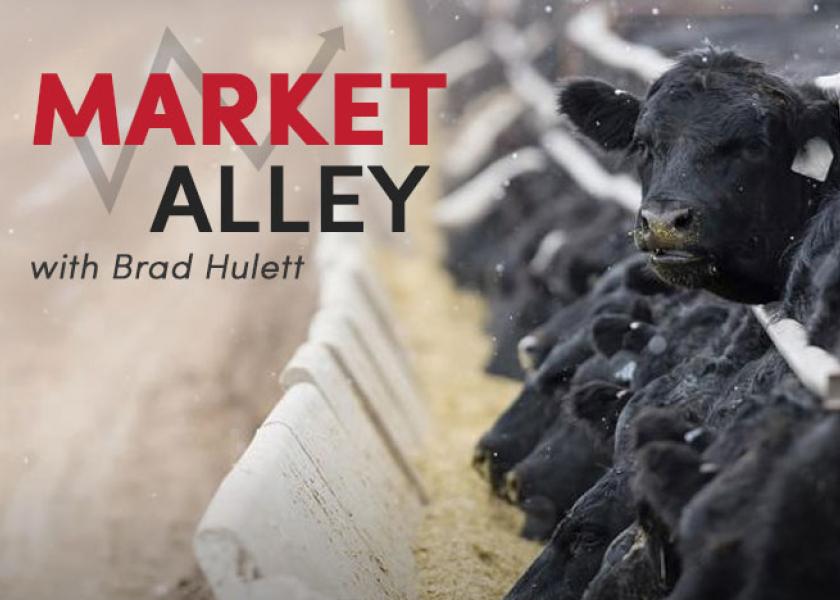Cattle Feeder Is Own Worst Enemy

Last week’s trade was the greatest disappointment of the last few months of downward trends in the cash cattle market trade. The north traded mostly steady with cash in $113-$115 range and dressed cattle from $182 -$185. The south trade was disappointing at $1 lower at $111 when cattle feeders should have had the advantage.
The decline in the south market could be argued as to why the cash market is or is not “broken.” Cash trade determines the outcome of all other marketing avenues for cattle on feed. How feeders trade their cash cattle is influenced by supply and demand when the packer has the upper hand.
Often cash trade decisions are based on an individual company’s business model and goals. The business entity goal could be to sell low quality cattle early at a $1 back to not miss the market, or to sell early at a lower price to move cattle and free up pen space which could impact the entirety of the cash trade. Everyone loses.
Mid-last week feeders had all four packers in the market with $111 the first bid of the day. The $111 bid was accepted for a large number of cattle in Kansas without regard for the sacrifice it would create in the entire cash market for the week. After the trade on Wednesday, many feeders held strong in Kansas and Texas trying to fight the market but the damage was already done. Packers continued looking for cattle up until Friday trying to find enough for this week’s harvest.
This type of action seems to becoming more of the norm in many parts of the cattle feeding area. If feeders business models dictate creating market declines by accepting lower bids to move cattle, are the feeders themselves a bigger threat than the feared packer? Is the cash market broken if a few can wreck it for the rest?







